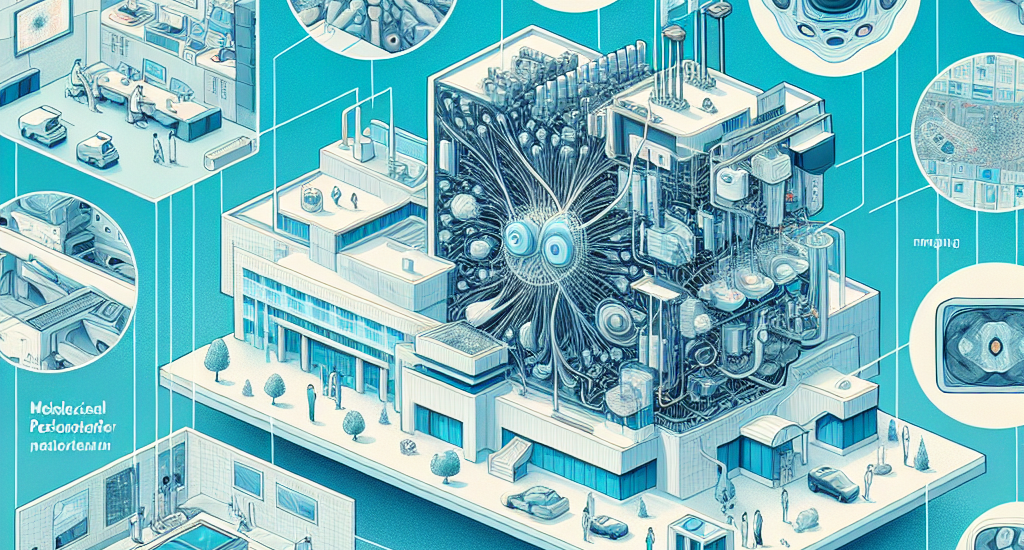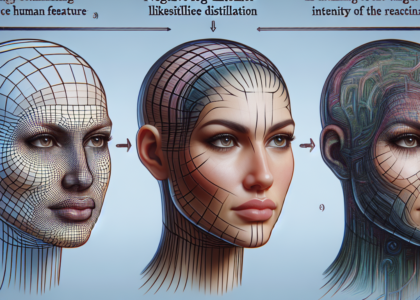Authors: Meng Zhou, Yuxuan Zhang, Xiaolan Xu, Jiayi Wang, Farzad Khalvati
Abstract: Multimodal medical image fusion is a crucial task that combines complementary
information from different imaging modalities into a unified representation,
thereby enhancing diagnostic accuracy and treatment planning. While deep
learning methods, particularly Convolutional Neural Networks (CNNs) and
Transformers, have significantly advanced fusion performance, some of the
existing CNN-based methods fall short in capturing fine-grained multiscale and
edge features, leading to suboptimal feature integration. Transformer-based
models, on the other hand, are computationally intensive in both the training
and fusion stages, making them impractical for real-time clinical use.
Moreover, the clinical application of fused images remains unexplored. In this
paper, we propose a novel CNN-based architecture that addresses these
limitations by introducing a Dilated Residual Attention Network Module for
effective multiscale feature extraction, coupled with a gradient operator to
enhance edge detail learning. To ensure fast and efficient fusion, we present a
parameter-free fusion strategy based on the weighted nuclear norm of softmax,
which requires no additional computations during training or inference.
Extensive experiments, including a downstream brain tumor classification task,
demonstrate that our approach outperforms various baseline methods in terms of
visual quality, texture preservation, and fusion speed, making it a possible
practical solution for real-world clinical applications. The code will be
released at https://github.com/simonZhou86/en_dran.
Source: http://arxiv.org/abs/2411.11799v1





